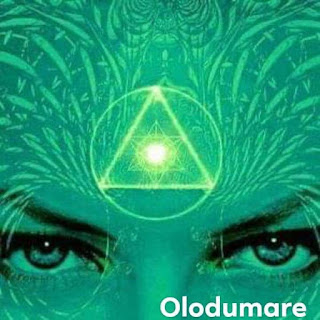
Today's Asians carry some ancient African genes—but they got them from extinct Neandertals.
iStock.com/aluxum
Modern humans lost DNA when they left Africa—but mating with Neandertals brought some back
By
Ann GibbonsOct. 23, 2017 , 6:05 PM
When Neandertals mated with modern humans, they shared more than an intimate moment and their own DNA. They also gave back thousands of ancient African gene variants that Eurasians had lost when their ancestors swept out of Africa in small bands, perhaps 60,000 to 80,000 years ago. Restored to their lineage, this diversity may have been a genetic gift to Eurasian ancestors as they spread around the world. Today, however, some of these African variants are a burden: They seem to boost the risk of becoming addicted to nicotine and having wider waistlines.
In talks last week at the annual meeting of The American Society of Human Genetics here, researchers announced that some “Neandertal” genetic variants inherited by modern humans outside of Africa are not peculiarly Neandertal genes, but represent the ancestral human condition. The work highlights just how much diversity was lost when people passed through a genetic bottleneck as they moved out of Africa.
“They left many beneficial variants behind in Africa,” says evolutionary genomicist Tony Capra of Vanderbilt University in Nashville, who reported the results. “Interbreeding with Neandertals provided an opportunity to get back some of those variants, albeit with many potentially weakly deleterious Neandertal alleles as well.”
SIGN UP FOR OUR DAILY NEWSLETTER
Get more great content like this delivered right to you!
By signing up, you agree to share your email address with the publication. Information provided here is subject to Science's
privacy policy.His team found the ancient African variants when they scrutinized the genomes of more than 20,000 people in the 1000 Genomes Project and Vanderbilt’s BioVU data bank of electronic health records. They soon noticed a strange pattern: Stretches of chromosomes inherited from Neandertals also carried ancient alleles, or mutations, found in all the Africans they studied, including the Yoruba, Esan, and Mende peoples. The researchers found 47,261 of these single-base changes across the genomes of Europeans and 56,497 in Asians, Capra says. In Eurasians these alleles are only found next to Neandertal genes, suggesting all this DNA was inherited at the same time, when the ancestors of today’s Eurasians mated with Neandertals roughly 50,000 years ago.
The most parsimonious explanation is that these alleles represent the ancestral human condition, inherited by both Neandertals and modern humans in Africa from their common ancestor, Capra says. When people migrated out of Africa, their small numbers resulted in a bottleneck, in which they lost many alleles that remained in larger populations in Africa. Later, the Neandertals reintroduced these alleles—along with distinct Neandertal genes—to the ancestors of Eurasians, Capra says. Some of these ancient alleles were beneficial, such as one that boosted immune responses.
But today’s humans might prefer to shed some of them. So far, Capra’s team has found three functional variants, which are associated with addiction to nicotine, a wider waistline, and skin pigmentation.
The data are “very compelling that Neandertals bring back some of the lost ancestral variance,” of modern humans, said geneticist Mait Metspalu of the Estonian Biocentre in Tartu, who heard the talks.
Other geneticists at the meeting zeroed in on archaic DNA “deserts,” where living humans have inherited no DNA from Neandertals or other archaic humans. One of these regions includes the site of the FOXP2 “language” gene. This suggests that in our ancestors, natural selection flushed out the Neandertal version of this gene. Using statistical software that evaluates gene expression based on the type of gene, Vanderbilt graduate student Laura Colbran found that Neandertal versions of the gene would have pumped out much less FOXP2 protein than expressed in modern brains. In living people, a rare mutation that causes members of a family to produce half the usual amount of FOXP2 protein also triggers severe speech defects, notes Simon Fisher, director of the Max Planck Institute for Psycholinguistics in Nijmegen, the Netherlands, who discovered the gene. Expression of FOXP2 may be key to language, Fisher says.
Posted in:
Evolution



